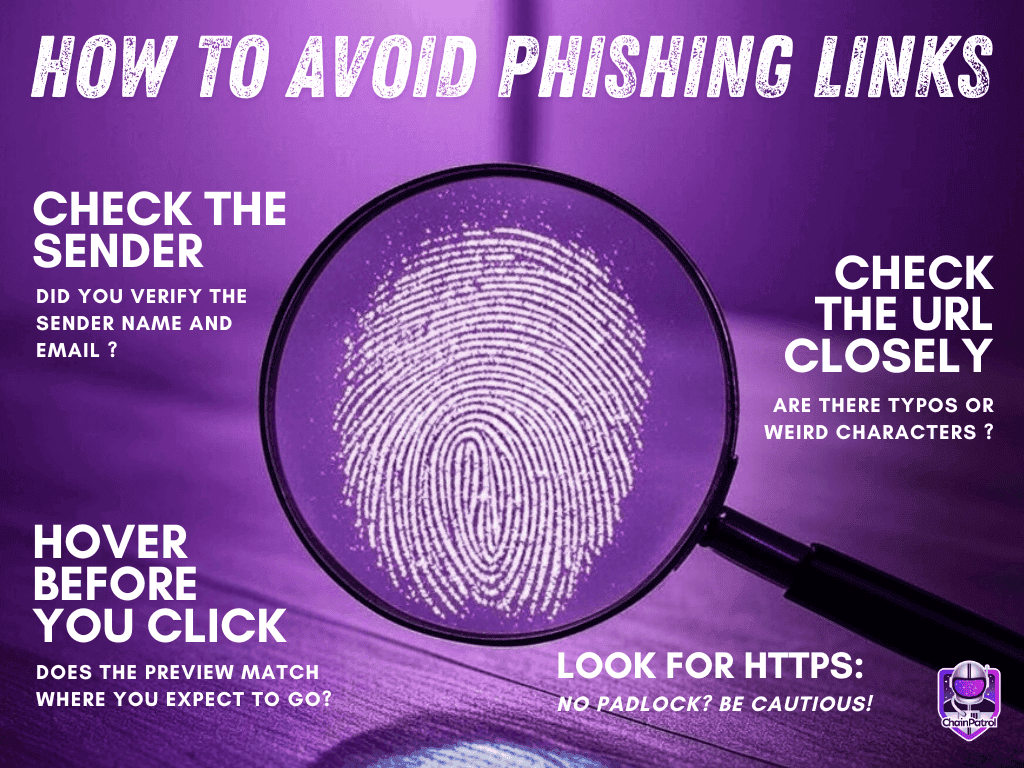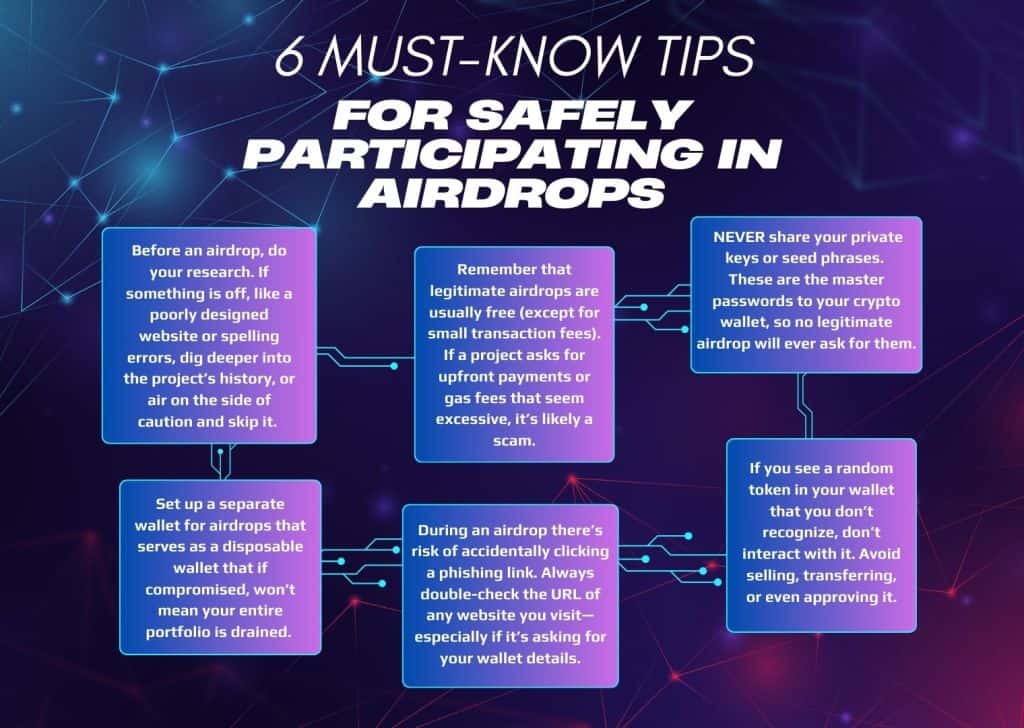Protecting Your NFTs: Tips to Avoid Losing Your Digital Assets

NFTs (non-fungible tokens) are more than just digital collectibles—they’re valuable assets that need protection. Unfortunately, scammers and hackers are always on the lookout for ways to steal them.
The good news? With the right security practices, you can keep your NFTs safe from bad actors.
8 Must-Know Tips For Keeping Your NFTs Secure
Let’s dive into the best ways to secure your NFTs and avoid costly mistakes.
1. Use a Hardware Wallet
Storing your NFTs in a hardware wallet is one of the best ways to protect them. Since hardware wallets keep your private keys offline, they make it nearly impossible for hackers to steal your assets, even if your computer is compromised by malware or phishing attacks.
Unlike storing NFTs on a marketplace or exchange—where you don’t truly own them—using a hardware wallet gives you full control.
Plus, hardware wallets add an extra layer of security by requiring physical confirmation for transactions, preventing unauthorized transfers. By securing your NFTs this way, you significantly reduce the risk of losing them to scams, hacks, or platform failures.
2. Beware of Phishing Scams
Phishing links are one of the biggest threats to your NFTs, tricking you into revealing your private keys or signing malicious transactions. Scammers often disguise these links as legitimate websites, marketplaces, or wallet connections, making it easy to fall for their traps. You may come across phishing links all over the web, including on X and on Discord.
Once you interact with a phishing site, hackers can drain your wallet in seconds, stealing not just your NFTs, but your other assets as well. Always double-check URLs, avoid clicking on links from unknown sources, and use security tools like browser extensions that detect phishing attempts. Staying cautious and verifying every transaction can help keep your NFTs safe from scams.

3. Use a Burner Wallet for Transactions
Using a burner wallet for NFT transactions adds an extra layer of security by keeping your main wallet safe from potential scams or malicious contracts. A burner wallet is a temporary wallet with only the funds you need for a specific transaction, reducing the risk of losing valuable assets if something goes wrong.
Many NFT interactions, such as minting from unknown projects or connecting to new platforms, come with security risks that a burner wallet helps mitigate.
Even if a malicious contract tries to drain your wallet, only the assets in your burner wallet are at risk—not your entire collection. By using this simple precaution, you can explore the NFT space with more confidence and less worry.
4. Never Share Your Seed Phrase
Your seed phrase is the master key to your wallet, and anyone who has it can access and steal your entire NFT collection. Scammers often pose as support agents, friends, or trusted platforms to trick you into sharing it, but no legitimate service will ever ask for your seed phrase.
Once your seed phrase is exposed, there’s no way to recover stolen assets, making it crucial to keep it private and stored securely offline. To protect your NFTs, never type your seed phrase into websites, store it digitally, or share it with anyone—even people you trust.
5. Verify Smart Contracts Before Signing
Verifying smart contracts before signing is essential to protecting your NFT collection from scams and malicious code. Some contracts contain hidden functions that can drain your wallet, transfer your NFTs, or give hackers control over your assets.
Always review contract details, use blockchain explorers, and rely on trusted security tools to check for red flags before approving any transaction. If you’re unsure, seek advice from reputable sources or use a burner wallet to minimize risk. Taking the time to verify smart contracts can prevent costly mistakes and keep your NFTs safe.
6. Update Passwords Regularly and Turn on 2FA
It’s essential that you follow Web3 security best practices for passwords, and enable two-factor authentication (2FA). This adds an extra layer of security to your accounts, making it much harder for hackers to gain access. Even if someone steals your password, they won’t be able to log in without the second verification step, such as a code from an authenticator app.
Always choose a long password that uses a mix of uppercase letters, lowercase letters, and special characters that are hard to guess. This password shouldn’t be used for anything else, and it shouldn’t refer to anything about your personal life – for example, don’t use your birthday, or the name of your dog.
This is especially important for NFT marketplaces, wallets, and email accounts linked to your crypto assets.
Avoid using SMS-based 2FA when possible, as SIM-swapping attacks can compromise your security—authenticator apps or hardware keys are much safer. Taking this simple step can help prevent unauthorized access and keep your NFT collection secure.
7. Be Careful with Airdrops & Free NFTs
Being careful with airdrops and free NFTs is crucial because scammers often use them to trick users into signing malicious transactions. Some airdropped NFTs contain hidden smart contract functions that can drain your wallet if you interact with them.
Always research the source of an airdrop before claiming or selling it, and avoid connecting your wallet to unknown platforms. If an offer seems too good to be true, it probably is—staying cautious can help you avoid losing your NFTs and other assets.

8. Regularly Revoke Unused Permissions
Regularly revoking unused permissions helps protect your NFT collection by preventing malicious contracts from accessing your wallet. Over time, you may have granted permissions to marketplaces, minting sites, or dApps that you no longer use, leaving your assets vulnerable to exploits.
Hackers can take advantage of these open approvals to move or sell your NFTs without your knowledge. Using blockchain explorers or security tools to check and revoke unnecessary permissions reduces this risk and keeps your wallet secure. Making this a regular habit helps ensure that only trusted contracts have access to your assets.
Stay Vigilant and Keep Your NFTs Secure
NFT security isn’t just for experts—it’s something everyone should take seriously. Protecting your NFT collection requires continued awareness and proactive security measures. Using a hardware wallet, enabling two-factor authentication, and verifying smart contracts before signing can help safeguard your assets from scams and hacks.
Being cautious with phishing links, airdrops, and burner wallets adds extra layers of protection, reducing the risk of falling victim to malicious actors. Additionally, never sharing your seed phrase and regularly revoking unused permissions can prevent unauthorized access to your wallet. By following these best practices, you can navigate the NFT space more confidently and keep your digital assets safe.
By following these tips, you can dramatically reduce the risk of losing your assets. Stay cautious, double-check everything, and keep your NFTs safe from scammers.
Are you ready to protect your brand and community? Book a ChainPatrol demo to learn how we can help.